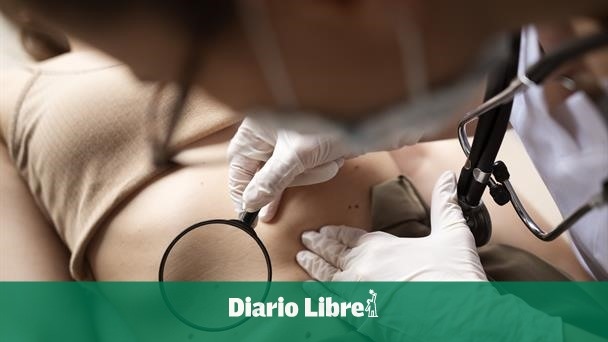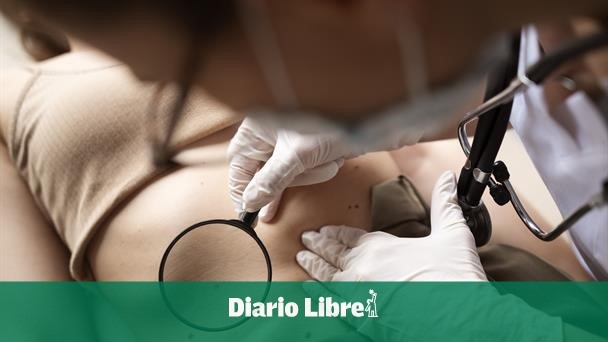What is the difference between freckles and moles?

Have you ever wondered why you have freckles or moles ? Although for many they are simply marks that add character to the face and/or body, behind these small spots lie scientific explanations that reveal how your skin reacts to the sun and what role genetics plays in their appearance.
Dermatologist Rafael Isa Pimentel explains that freckles are small, light brown spots containing melanin pigments, almost always located in areas most exposed to the sun, such as the face, arms, and shoulders.
"They tend to darken during the summer , due to increased solar radiation , and may decrease or even disappear in the winter," the specialist notes.
According to Isa Pimentel , the tendency to develop freckles is genetically determined , and is more common in people with fair skin and little natural protection from sunlight. They don't represent a health problem, but rather an inherited characteristic that worsens with sun exposure .
Different by nature
While freckles are simple concentrations of melanin , moles or nevi are skin lesions, mostly benign, where there is an alteration in the layers of the epidermis and an increase in nevus cells or nevocytes, responsible for their shape, color and relief .
Isa Pimentel , also a specialist in aesthetics, explains that "unlike freckles , moles can be raised , rubbery in appearance, have more pigment and appear anywhere on the body, including the mucous membranes. Sometimes they tend to be larger and have hair on their surface. They can be present from birth or appear in adulthood, and they do not tend to disappear."
The importance of observationAlthough most moles pose no risk, dermatological surveillance is key. "We should check our skin and pay attention to any pigmented lesions to prevent malignant transformation in time," warns Isa Pimentel .
The specialist clarifies that, although freckles never transform into cancerous lesions , their presence can make it difficult to identify an abnormal mole. "Their resemblance is such that anyone could mistake them, unless they are a specialist in the field," he adds.
" Melanoma is more common in people with many moles , but it can be prevented with adequate sun protection and regular checkups ," the dermatologist emphasizes.
Moles typically remain stable throughout life, but any change in their appearance should prompt a consultation . To facilitate self-assessment, Dr. Isa Pimentel shares a practical guide:
- A - Asymmetry : Is the mole irregular or disproportionate?
- B - Borders : Does it have fuzzy, irregular borders or areas without pigment?
- C - Color : Has it changed color or does it show different shades?
- D - Diameter : Is it larger than before or greater than 6 mm?
- E - Evolution : Has it changed in shape, texture, or is it bleeding for no reason?
TOPICS -
Diariolibre





